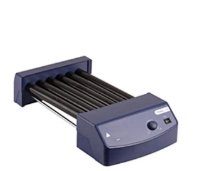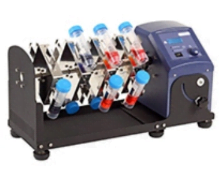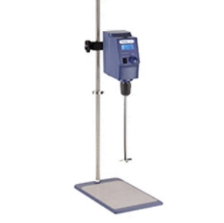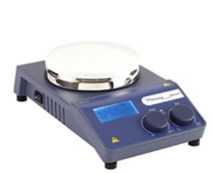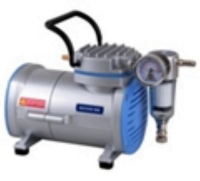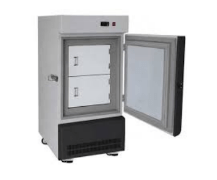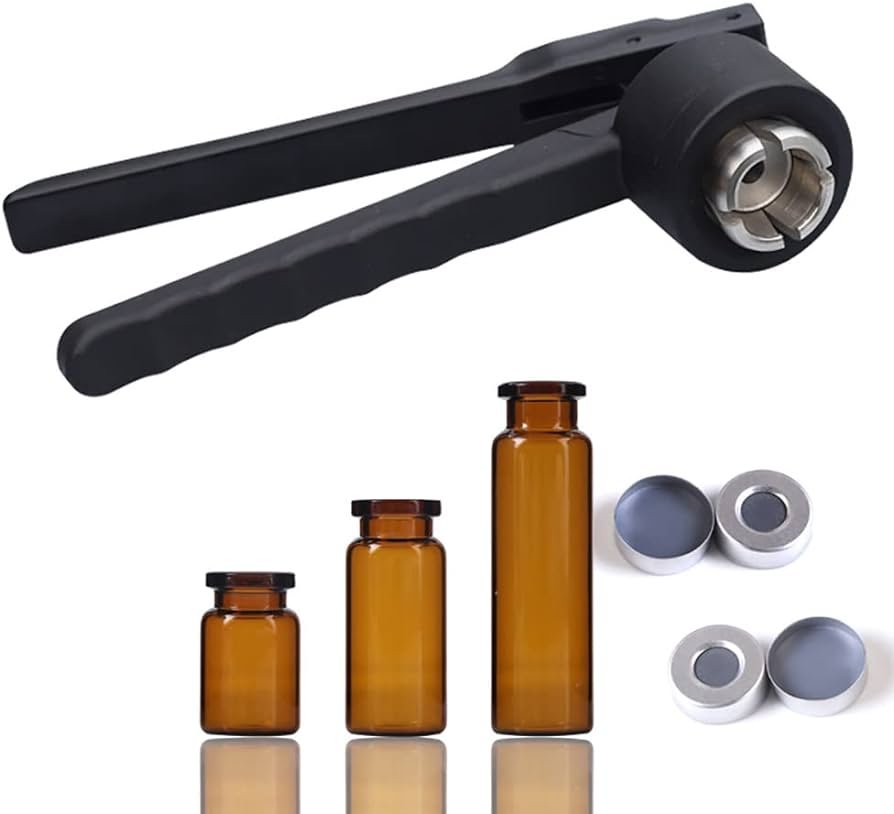Suitable for Gentle Mixing ApplicationsProvides a smooth rotating motion for efficient mixing of samples in tubes or flasks, minimizing disruption
This table highlights the key advantages and considerations for an Analog Rotator. It emphasizes its affordability, ease of use, suitability for gentle mixing, variable speed control (in most models), reliable mixing performance (depending on quality), and the trade-off of potentially less sophisticated controls and potentially less precise speed control compared to digital rotators.
| Feature | Benefit |
|---|---|
| Cost-Effective Option | Analog rotators are generally less expensive compared to digital models, making them a budget-friendly choice for basic mixing needs |
| Simple Operation | Analog controls with knobs or dials offer a user-friendly and straightforward way to adjust rotation speed |
| Variable Speed Control (in most models) | Allows for adjusting the rotation speed to match the requirements of different samples or protocols |
| Reliable Mixing Performance (depending on quality) | Well-made analog rotators can provide dependable mixing performance for various laboratory tasks |
| Less Sophisticated Controls (compared to digital) | Lacks features like digital displays or timers present in some digital models, requiring manual monitoring of rotation time |
| Potentially Less Precise Speed Control (compared to digital) | Analog controls might offer less precise adjustments in rotation speed compared to digital models with exact readouts |

